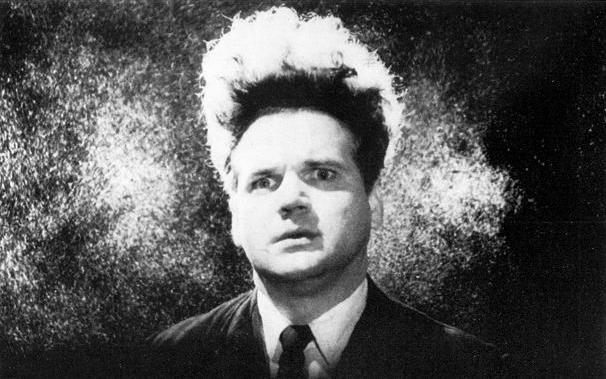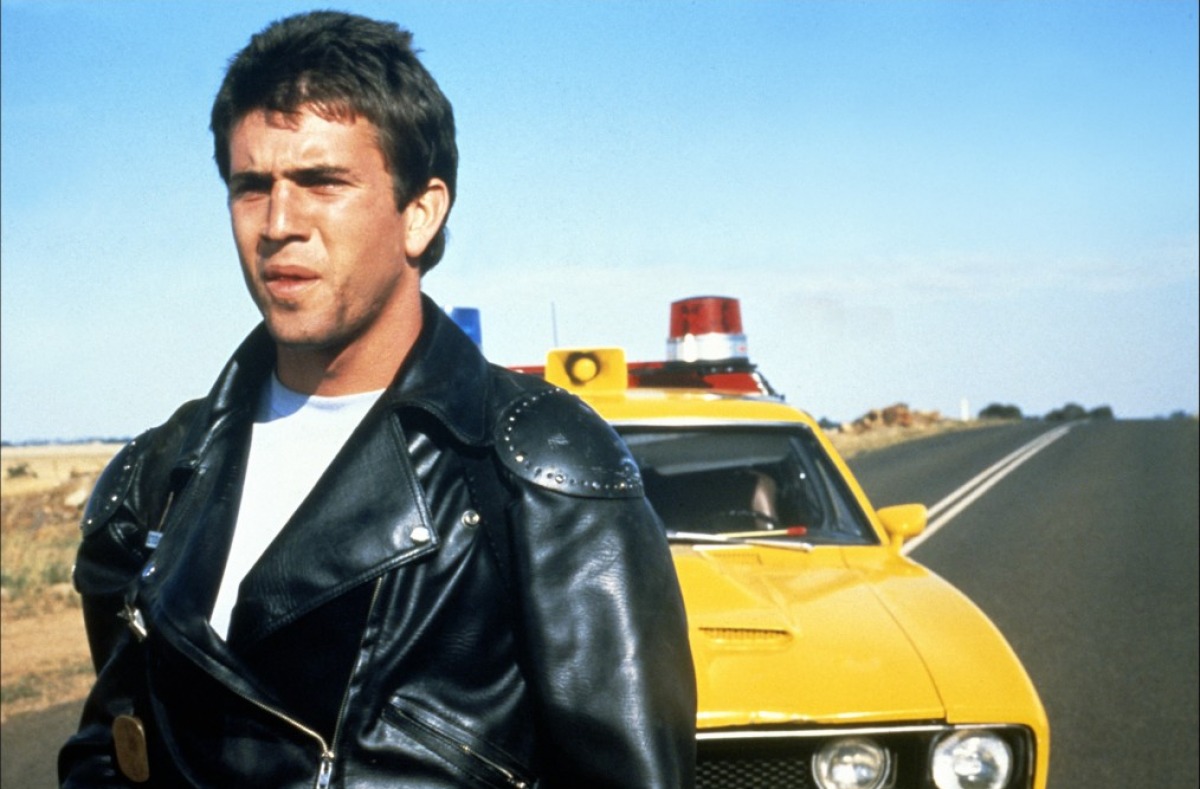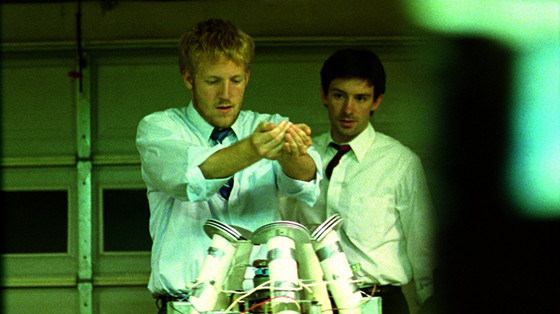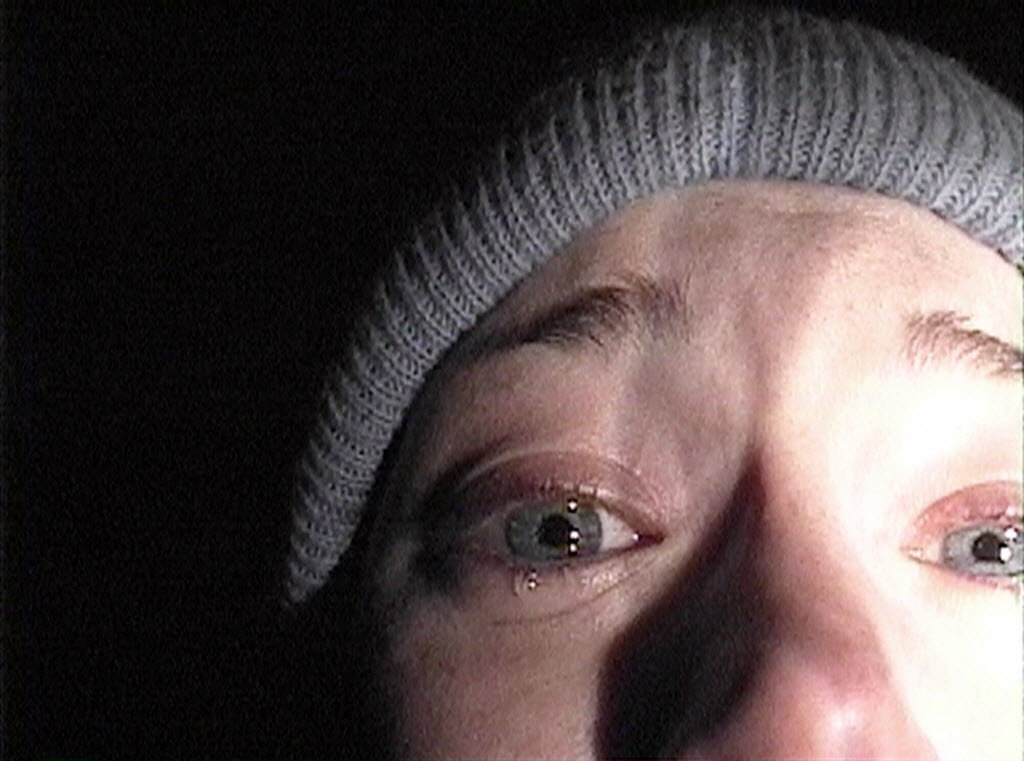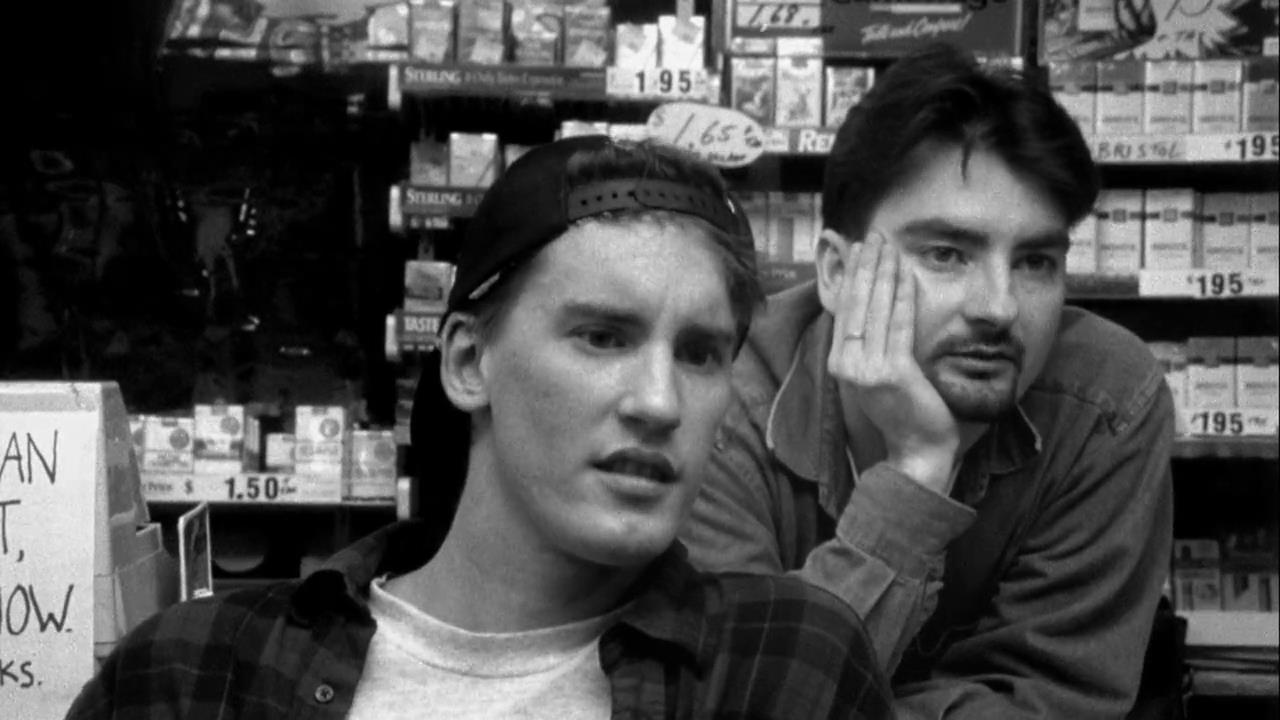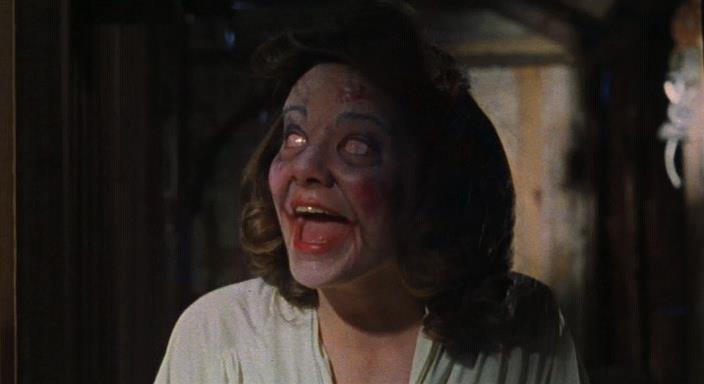Filmmaking is not cheap. Not only does it require a lot of very expensive and specialized equipment but also dozens of people working long hours for weeks or even months at a time. The Directors Guild of America defines high-budget as being anything above $11 million and although that is a considerable amount of money, it is not much in the film industry.
Most blockbusters cost hundreds of millions to make and most film studios are not willing to take risks on anything that isn’t a possible franchise with a already established audience. This can make it very hard for newcomers to enter the business and make their first films.
However it is not totally impossible as many of the films on this list show. Many new and inexperienced filmmakers have launched extremely successful careers by making films that are laughably cheap by Hollywood standards.
It is of course a lot more work and often times a single person needs to do jobs that would be held by a dozen other people on a big-budget film, but low-budget filmmaking tends to really bring out the ingenuity of a director since the various challenges and problems that come with making a film of any budget can’t be solved with money, they need to be solved with creativity.
15. Mad Max (1979, George Miller)
Budget: $350,000–400,000
With the massive critical and financial success of Mad Max: Fury Road, it is fitting to look at the first film in the Mad Max series.
Unlike the sequels which all seem to take place several years, or even decades, after a nuclear war, the original is set in a society that is still somewhat functional. Although the film is seemingly set in the near future, it is mostly based on events contemporary to it.
In 1973, there was a global oil crisis caused by an embargo by the OAPEC oil producing countries which was the Arab response to American involvement in the Yom Kippur war. This caused oil shortages and price surges all over the world. In Australia, a fairly large and sparsely populated country where many people depend heavily on cars, there were huge lines at every gas station and numerous riots and brawls over even small amounts of gasoline.
Dr. George Miller MD was working as an emergency room doctor and would frequently get patients that were mangled after serious car accidents. This as well as the recent memory of how violent and unstable society became during the oil crises inspired Miller and his friend James McCausland and they decided to write a script based on those themes.
Max is a cop on a police force that is fighting a losing battle against ruthless gangs of bikers and highway bandits that roam around stealing whatever they want and killing all those that stand in their way. Max’s involvement is at first only professional, but when the marauders murder his wife and child, he goes on a roaring rampage of revenge with the intention of killing each and every one of the men responsible.
Miller largely funded the money with his salary as a doctor since the Australian film fund was reluctant to support such a violent genre film. To save money, the leather uniforms worn by police were all made of vinyl instead of leather except for those actors who did stunts where the added protection of leather was needed.
Some of the cars driven, and crashed in the film actually belonged to crew members. The blue van that gets totally wrecked in spectacular fashion early in the film was Miller’s personal car which he sacrificed for the film. The engine was removed before the crash to make the car lighter and the crash more dramatic.
Until the release of the Blair Witch Project 20 years later, Mad Max held the world record as the most profitable film ever made since its gross was drastically higher than its budget.
14. Primer (2004, Shane Carruth)
Budget: $7,000
Primer is a film about time travel, but it has very little in common with Back to the Future or Timecop. It is a science fiction film that puts more emphasis on the science than the fiction. This unusually scientific approach might be explained by the fact that while most film directors either get all their education from film school or from the liberal arts, Shane Carruth is a mathematician who worked in engineering before pursuing filmmaking.
Simply put, Primer is about two engineers Abe and Aaron who build an unusual time machine when trying to make some sort of anti-gravitational device. Unlike most other time machines in films, their machine does not allow you to travel unhindered back and forth through time. Instead it only allows you to travel six hours backwards. First you must activate the machine and leave the area to avoid encountering your future self.
Then you wait for six hours before entering the box and waiting an additional six hours before exiting the box in the past. Abe and Aaron decide to use this revolutionary and world shaking technology for the high minded goal of gaming the stock market. However things get increasingly complicated, other people have found out about the machine and time traveling doubles are running amok.
This might not sound very complicated, but Primer never stops to explain what is going on and a lot of key plot moments happen completely off screen, presumably for budget reasons. It fully embraces the paradoxes and confusion that come with the concept of time travel. This can make the film seem somewhat incomprehensible and esoteric, but that just adds to its charm. Primer is as much of a puzzle as it is a film and so far very few people have managed to crack the code.
13. Blair Witch Project (1999)
Budget: $22,500
Many of the films on this list took years to complete due to lack of money or time. The Blair Witch Project, on the other hand, was shot in only 8 days. Not only was the length of the shoot unusual, but also the methods.
There was no real script for most of the film, the actors were given a rough outline that mostly focused on the mythology of the witch which they were told was a real legend. They were even made to interview townsfolk about the witch, not knowing that the people they talked to were all actors. The main actors served as both cast and crew as the film was shot by them. They were sent out in the forest and the directors would tell them what to do and where to go via walkie-talkie.
Almost all of the dialogue is improvised by the actors and many of their reactions are genuine since they frequently didn’t know what was going to happen. A prime example of this is a scene in which the characters wake up in the middle of the night to strange sounds out in the forest when the tent begins to violently shake as if something trying to get in.
The ghosts outside the tent were of course the directors who did this without letting the actors know what was going to happen. Likewise the characters become hopelessly lost at one point in the film and realize that they are walking around in circles, the actors really did get lost and their frustration at the incident is real.
The marketing for the film, designed to make viewers think the film was real found footage, was very successful. The fact that many people were utterly convinced that what they were watching really happened makes it a lot scarier. Audiences flocked to the film in droves and it ended up making 250 million, breaking the world record previously held by Mad Max.
The Blair Witch Project has been criticized and parodied frequently for its motion sickness inducing camera work and anti-climactic ending but you can’t deny the impact it had on pop culture. Without it we wouldn’t have the massive amount of found footage horror we have today. Whether that is a blessing or a curse depends on who you ask.
12. Clerks (1994, Kevin Smith)
Budget: $27,575
As the name suggest, Clerks is about a day in the life of store clerks Randall and Dante. Most of the film is just people having conversations about everything from sex to Star Wars. Smith’s strong suit has always been writing dialogue and his weakness is the more technical and visual side of movie making. It is therefore not surprising that the technical side of Clerks is its greatest weakness.
Smith sold a large portion of his comic book collection, maxed out several credit cards and dipped into his college fund in order to finance the film. He also went to film school for just long enough to learn the bare basics of the technical side of film making before dropping out and beginning production. Since many of the actors hired for minor roles wouldn’t show up, it usually fell to Smith’s friend Walt Flanagan act in their place. Walt ended up playing four different characters in the film.
Clerks is a very autobiographical film. Kevin Smith worked in the store where it was shot and many of the events and conversations in the film are lifted straight from reality without much exaggeration. He often worked in the store during the day and shot the film there at night, this gave him very little time for sleeping. Clerks was shot in black and white primarily because black and white film stock was cheaper, but also so Smith wouldn’t have to worry about color temperature.
To hide the fact that the film was mostly shot at night when the store was close,d the shutters were kept shut. Smith even wrote this into the script and made a joke out of every costumer asking if the store was open despite Dante putting up a large sign on the broken shutter, assuring customers that the store was open.
The original cut of the film had a ending that was very out of place. A robber enters the store and guns down Randall in cold blood before taking the money and running, a random customer then enters and steals cigarettes before fleeing. When the film was picked up, it was re-edited to remove the unnecessary downer ending and give the film a soundtrack of alternative and indie rock to further appeal to the Gen X audience. Clerks launched Smith’s career and allowed him to buy back the comic books he sold.
11. The Evil Dead (1981, Sam Raimi)
Budget: $350,000–400,000
Sam Raimi and Robert Tappert wanted to make a movie but they had no connections and no money. So they went into the woods with their friend Bruce Campbell and shot a short film called Within the Woods that they then showed to investors to raise money for a feature film.
The Evil Dead tells the story of a group of young people who go to a secluded cabin for the weekend, but accidentally summon demonic spirits which possess the living turning them into murderous ghouls. Bruce Campbell stars as Ash who is a incompetent dweeb for most of the film but must pull himself together to fight against the forces of darkness.
Although the Evil Dead is mostly remembered for its extreme gore and cheesy visual effects, it´s a surprisingly well made film. One memorable scene conveys a supernatural presence in the cabin purely through unusual camera positions and movement. Raimi also invented a new low-budget variation of the steadicam for the film.
To create POV shots where the camera floated through the forest at high speed, Raimi simply attached it to a wooden board and had two crew members grab either side of it and run as fast as they could.
Safety precautions where minimal. If a scene called for a window getting smashed, the crew would simply smash a window and hope that none of the resulting glass shards would cut up any of the actors on the other side.
Since Raimi and Tappert could only afford to hire actors for a small part of the production, they only shot those scenes where you can see a characters face before bringing in a Fake Shemp to fill the role for all those shots where no faces are visible. They’d bring in a friend or family member that was willing to work for free and dress them in the costumes of whatever character was needed. Most of the time this burden fell on the directors brother Ted Raimi, who was only 14 at the time.
Sam Raimi went on to make numerous blockbuster films, most notably the original Spiderman trilogy.
